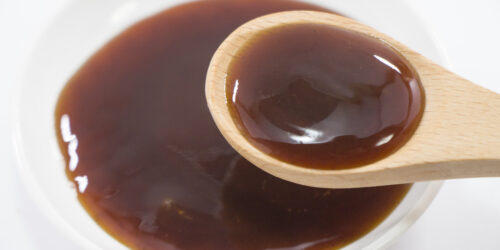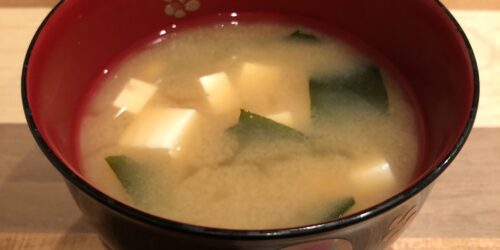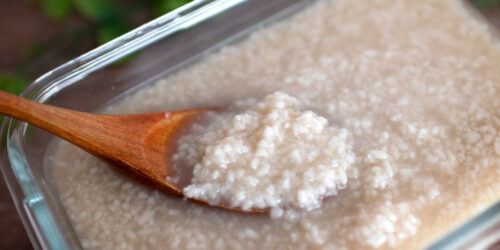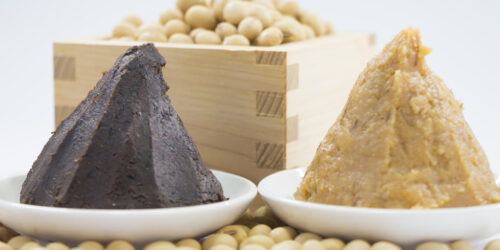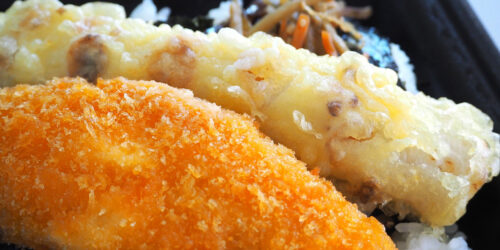What Is Niboshi (Iriko) and How Is It Used?
What Is Niboshi?
Niboshi can be translated into “dried small sardines” or “dried anchovy” in English.
In Japanese, it literally refers to processed marine product made by boiling in salt water and drying. But, speaking of niboshi in Japan, it usually means Japanese anchovy that boiled in salt water and dried well.
Here, I would like to explain the latter: niboshi as dried Japanese anchovy.
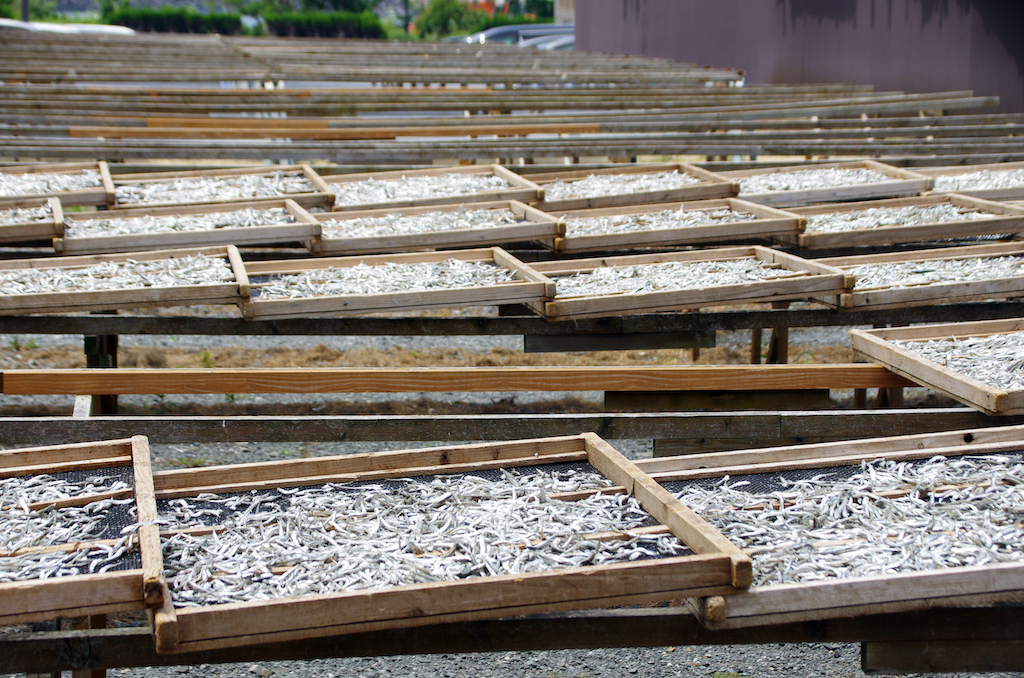
Besides Japanese anchovy, sometimes the following fish is also used to make niboshi: Japanese pilchard, round herring, mackerel, horse mackerel, and flying fish.
Niboshi is mainly used as a material for soup stock (dashi). You can also eat it as it is, or eat after dry roasting it.
What Is Iriko?
People often call niboshi “iriko” in Western part of Japan. In other words, iriko and niboshi are totally the same material. When it comes to iriko, it typically means the one made from anchovy, not other type of fish.
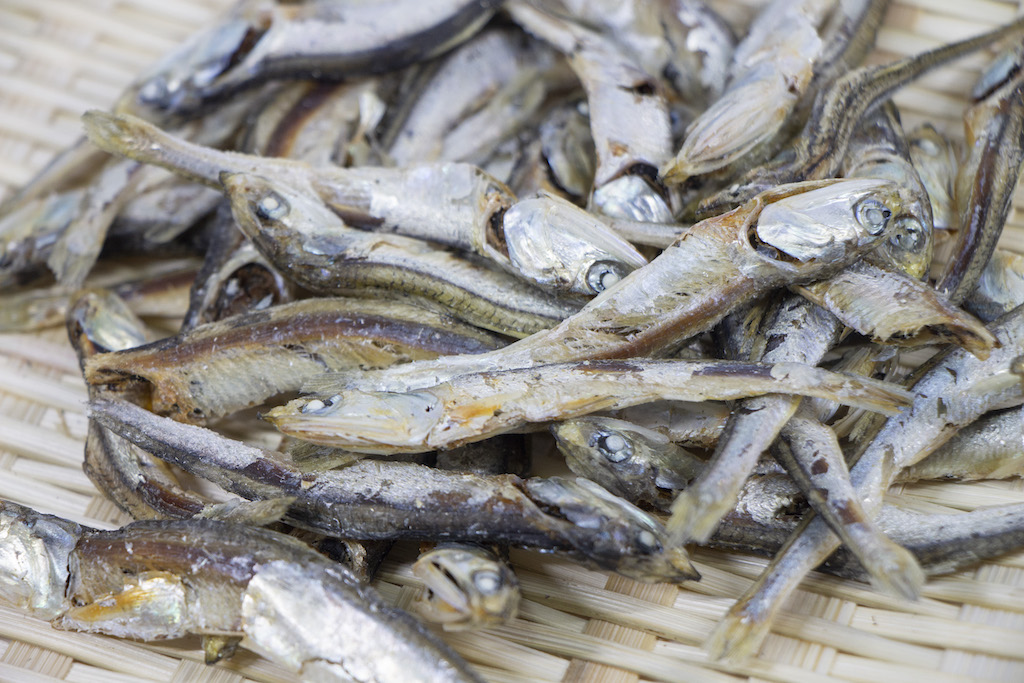
How Do You Eat Niboshi?
Let me introduce 3 ways to eat niboshi.
Dashi (Soup Stock)
You can make niboshi dashi in 2 ways:
(1) Soak dried anchovies in water after gutting and roasting the fish.
(2) After the step of (1), boil the soup and strain it.
The taste of the dashi differ depending on how to make it. (1) has light and refreshing taste, while (2) has stronger taste and flavor.
How do you use those dashi?
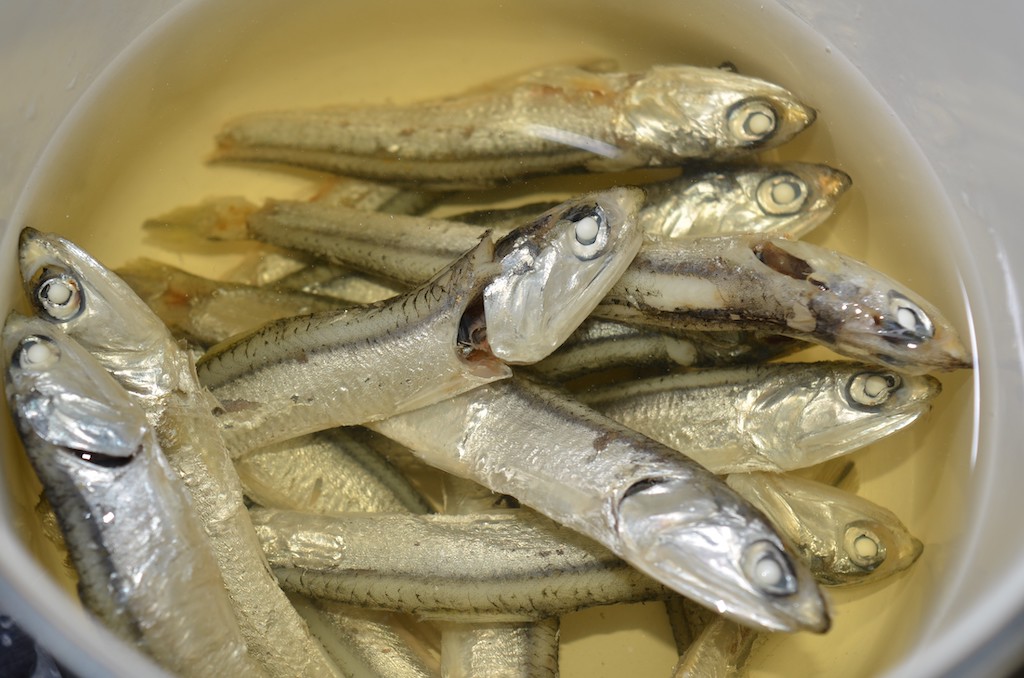
Roasted Almond & Small Fish
This is very popular snack in Japan. It’s like a mixed nuts, but contains dried anchovy. The fish is seasoned with a little salty and sweet taste. It has been popular as a food to supplement calcium deficiency.
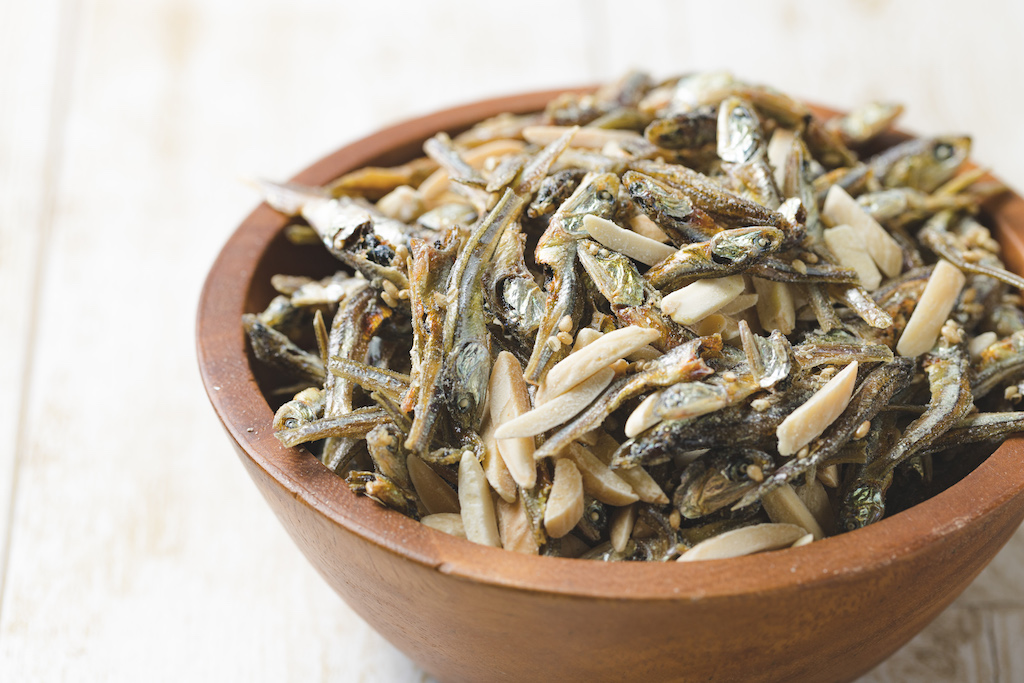
Iriko Rice
This is a type of Japanese mixed rice (takikomigohan), and local food of Kagawa prefecture. Although the typical mixed rice doesn’t contain iriko (niboshi), the mixed rice with iriko has been popular in the area where iriko production is thriving. The dashi extracted from iriko makes the seasoning of the rice more delicious and flavorful.
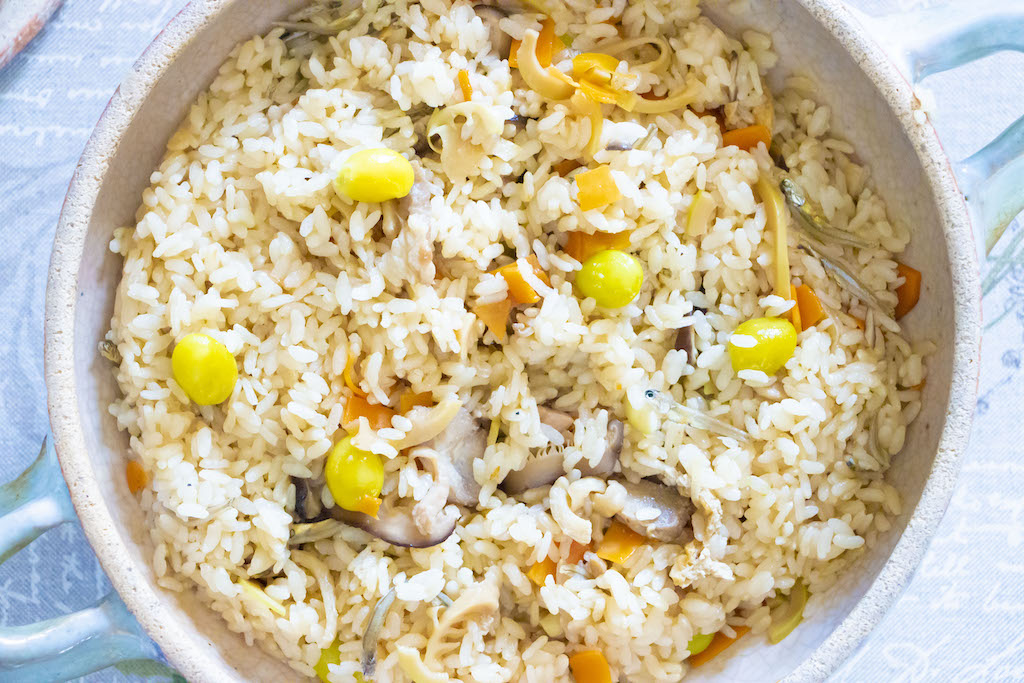
What Can I Use Anchovy Stock for?
Niboshi dashi I mentioned above can be used in various dishes. There are 3 typical dishes using the dashi.
Soup for Udon Noodles
Although mentsuyu is very popular soup for noodle dishes including udon and soba, soup made from mainly niboshi dashi is often used for udon in some areas. Sanuki-udon (udon noodles from Kagawa prefecture) is one of the most popular one using this dashi. To make soup for Sanuki-udon, people usually mix kombu dashi and niboshi (iriko) dashi.
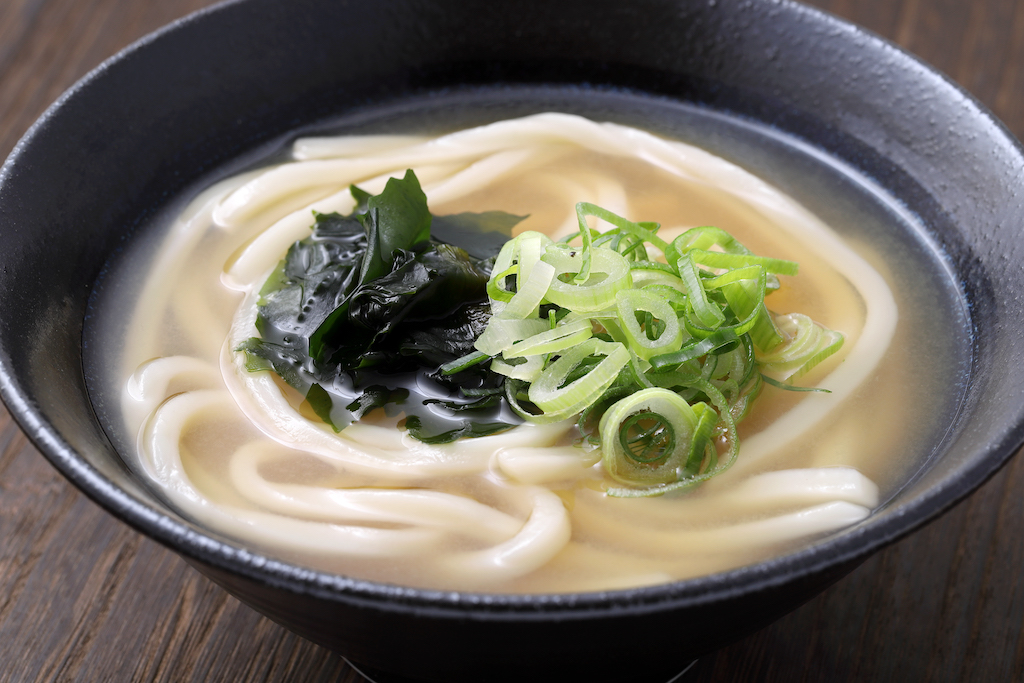
Miso Soup
As with the soup for udon, bonito and kombu are the famous material when making dashi for miso soup. But, using niboshi dashi for miso soup is also great choice. It’s interesting to have a type of soup with a very different flavor sometimes.
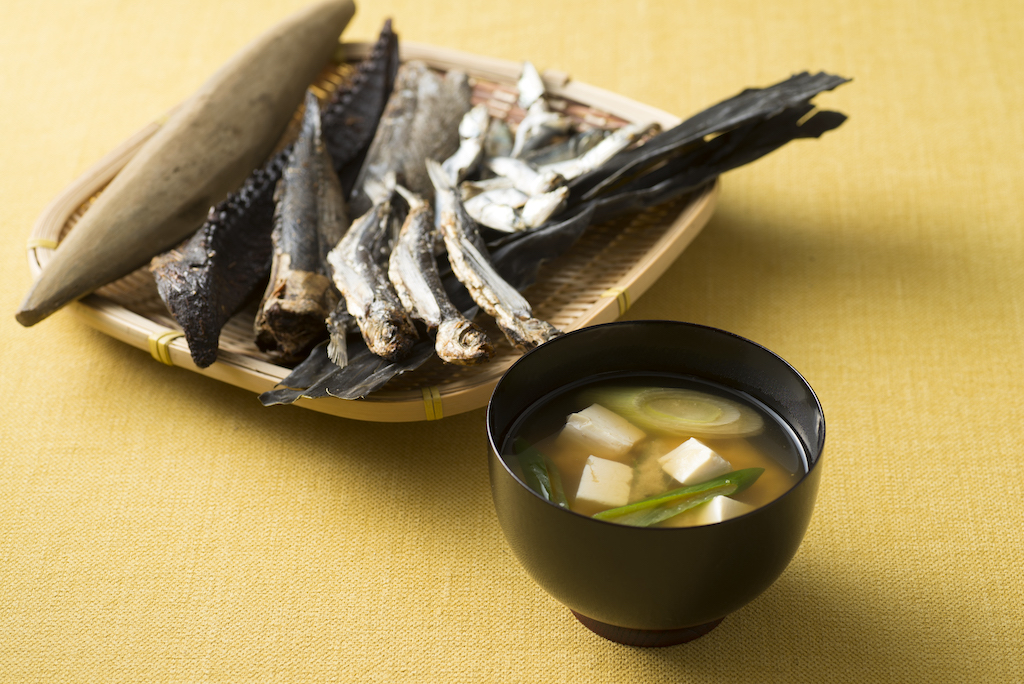
Soup for Nabe (Japanese-style Hot Pot)
The soup for hot pot entirely depends on your taste. So, you can choose spicy soup, soy sauce based soup, miso based soup, whatever! If you want really simple, healthy, but delicious taste for the hot pot, using niboshi dashi should be perfect!
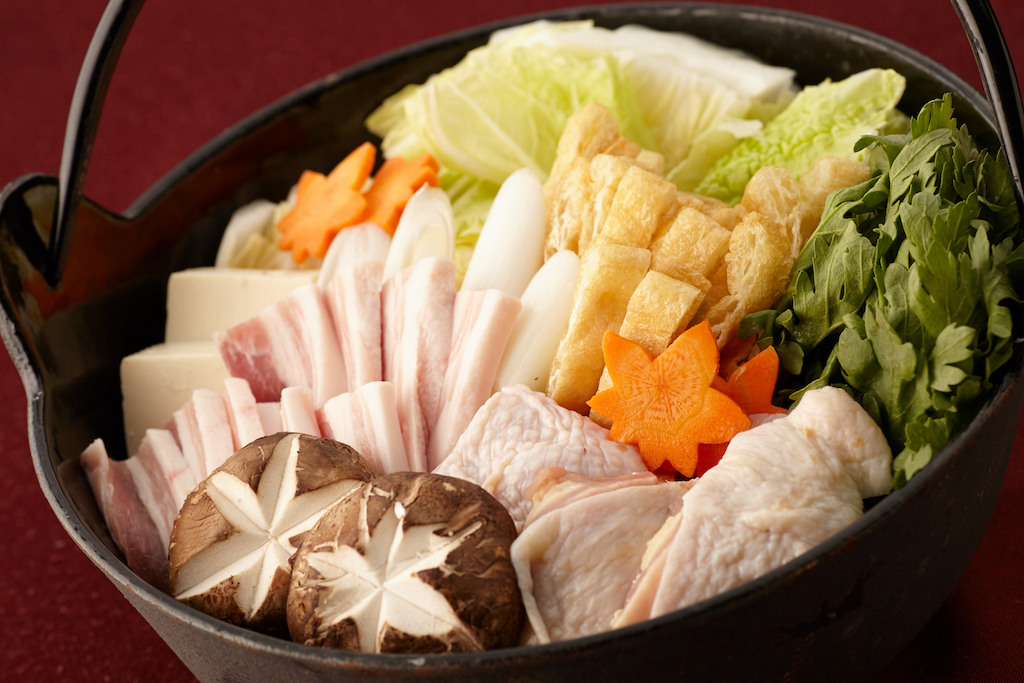
What Is Niboshi Ramen?

As you have seen above, making dashi is the typical usage of niboshi .
Have you seen or tasted a niboshi ramen? It’s made by mixing the niboshi dashi with soy sauce based soup, tonkotsu soup, and so on.
Niboshi ramen has been evolving as a genre of ramen in Japan. So, you can definitely find various kinds of niboshi ramen if you come to Japan.
The type of taste (soy sauce, salt, tonkotsu, etc), the thickness of niboshi dashi, and toppings differ depending on the shop. I’ll be so fun if you can compare the taste of different types of niboshi ramen in Japan!
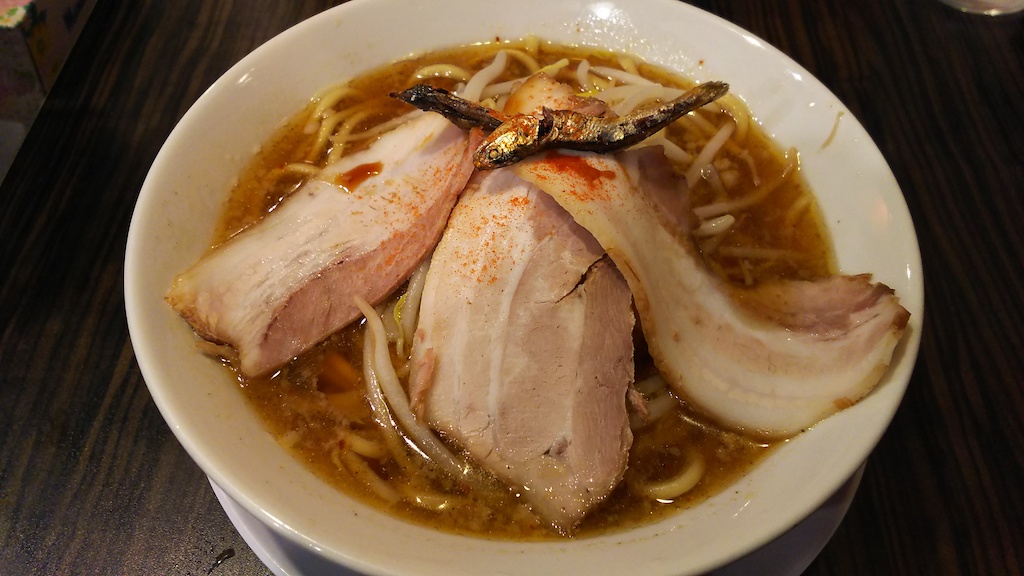
Different Types of Niboshi
Even though all of dried anchovies look the same, there is a small difference in the color of their back.
They are called white and blue, in fact, it means some of them have grayish back (white), others have dark back (blue). Each of these creates slightly different taste of dashi: white one creates dashi with a mild taste and blue one creates dashi with a strong taste.
Besides the color of back, the size of dried anchovy differ in some cases.
The big dried anchovy creates dashi with rich and strong taste, while the small dried anchovy creates dashi with mild and light taste. The small one is easy to eat as it is, so it’s suitable for making tsukudani (preservable food boiled down in soy sauce).
The differences I mentioned above are very subtle difference, so you don’t have to care about them so much when buying niboshi at stores.
Things you should be careful when choosing niboshi at stores are
・Make sure the body color of dried anchovies haven’t turned yellowish or brown.
・Make sure the belly of dried anchovies haven’t break.
Please pay attention to the above when choosing, and make a delicious niboshi dashi at your home some day!
Interested in different types of niboshi other than sardines?
9 Different Types of Niboshi & Dashi

